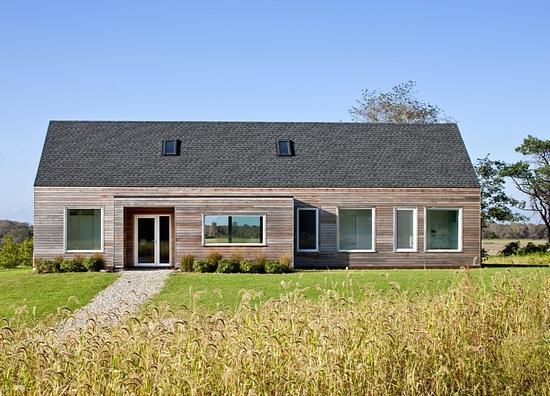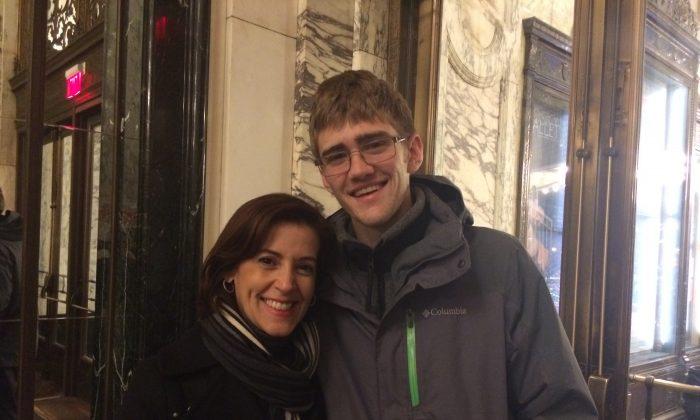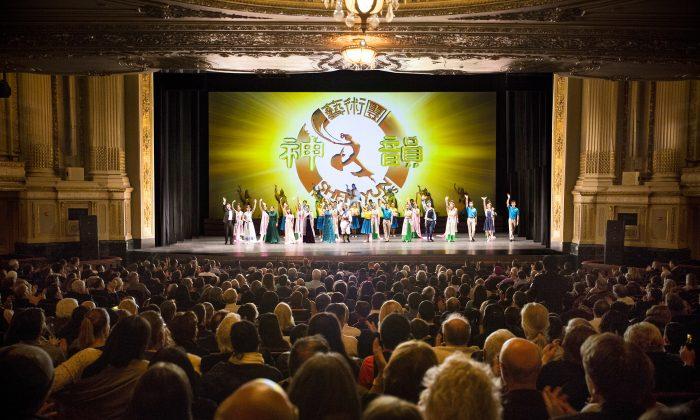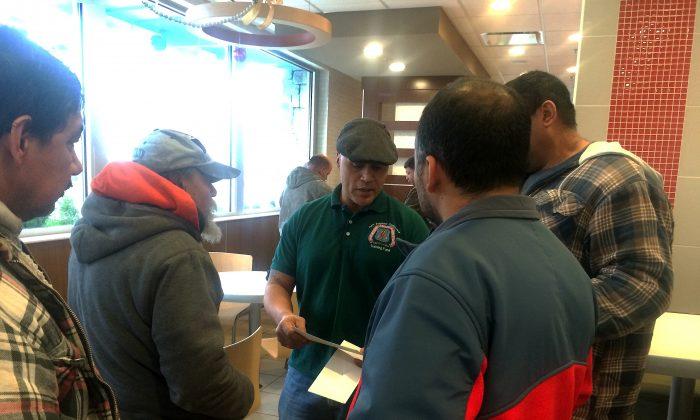If you lived in a Passive House you could heat your home all winter with a hair dryer.
The Passive House standard is the fastest growing building standard in the world. It is still in its infancy in the United States, but has taken off in countries like Germany, where it is known as Passivhaus. There are over 30,000 certified Passive Houses around the world according to Passivhaus.org.
Gordon Elliott, builder and owner of On Site Builders in Washington, thinks passive homes are the way of the future. “Basically your building envelope is a thermos,” he said.
A 2,000-square-foot home built to the Passive House standard can be heated to a comfy 70 degrees on the coldest day of the year with a $60 baseboard that uses about as much electricity as your hair dryer.
These days there is a lot of energy going into going green, but not everything “green” is actually good for the environment or for your wallet.
According to Elliott, “Green building itself is a term that is used to justify a lot of ecological wastefulness. Passive House is a completely different ballgame. It goes way beyond the LEED standards.” Elliot said.
The Leadership in Energy and Environmental Design (LEED) standard is the most prominent standard by which architects, engineers and owners design efficient buildings.
Some cities, like Boston, require all new construction of a certain size to meet the LEED standard.
LEED is a comprehensive standard, meaning it covers everything from electricity and water use, to how the wood for the floors was grown and harvested. It is so comprehensive that it can be too complicated for a simple home.
The less well-known Passive House standard, on the other hand, is simple. The Passive House standard has only one goal: The lowest energy consumption possible for heating.
“The thing that is unique about Passive House is that its focus is on energy,” said Stephanie Horowitz, principal architect at ZeroEnergy Design in Boston, Mass.
“There are other standards that are much more comprehensive, they look at a lot of things, but a LEED certified building is not necessarily very energy efficient.”
When people think of green building they may think of homes made from hay bales with solar panels on the roof. Or they may think of space age electronic gadgetry that seems way out of their price range.
Not so with Passive House. The most important part of building a passive home is insulation. It’s cheap, it’s low tech, and it never goes out of style.
With home heating costs skyrocketing in recent years, energy efficiency is money in the bank. Green homes are not just for the very rich.
“Some of the projects we are working on are actually Habitat homes,” Horowitz said referring to passive homes her firm is designing for Habitat for Humanity in Hudson, N.Y.
According to Horowitz there is an upfront premium to building a passive home, usually about 6 percent to 10 percent added to the total cost of the project.
Elliot thinks the upfront cost is minimal, and the long-term savings are well worth it: “Imagine heating a 3,000-square-foot home in a snow environment for $100 a year. It’s incredible.”
You have to buy more insulation, which is cheap, and a fancy, German, air heat exchanger that reclaims 95 percent of heat produced. Additional time and care is needed to ensure that the house is nearly airtight.
On the other hand, you don’t have to put in an expensive heating or cooling system, most passive houses require just a simple, inexpensive system.
Some Passive House buildings use solar panels to provide electricity and hot water. Most have specially designed large south-facing windows and concrete slabs to capture the sun’s heat.
All have a clean, controlled living environment that provides comfort beyond compare.
“The feedback that we have gotten from our clients that are either in a Passive home or a low energy home that is close to meeting the standard, is that the comfort is really unsurpassed,” Horowitz said.
She emphasized that a full out certified Passive House is not possible for everyone. The criteria that must be met for certification are strict and sometime elements out of anyone’s control, such as shade from a neighboring building, may make it impossible to build to the standard.
“Either way it is a great tool in the tool box for architects and for homeowners,” Horowitz said, describing a client whose health benefited immensely from the improved air quality of her nearly passive home.
Comfortable living and cost efficiency: “It is the most exciting thing going on in building,” Eliot said.





Friends Read Free